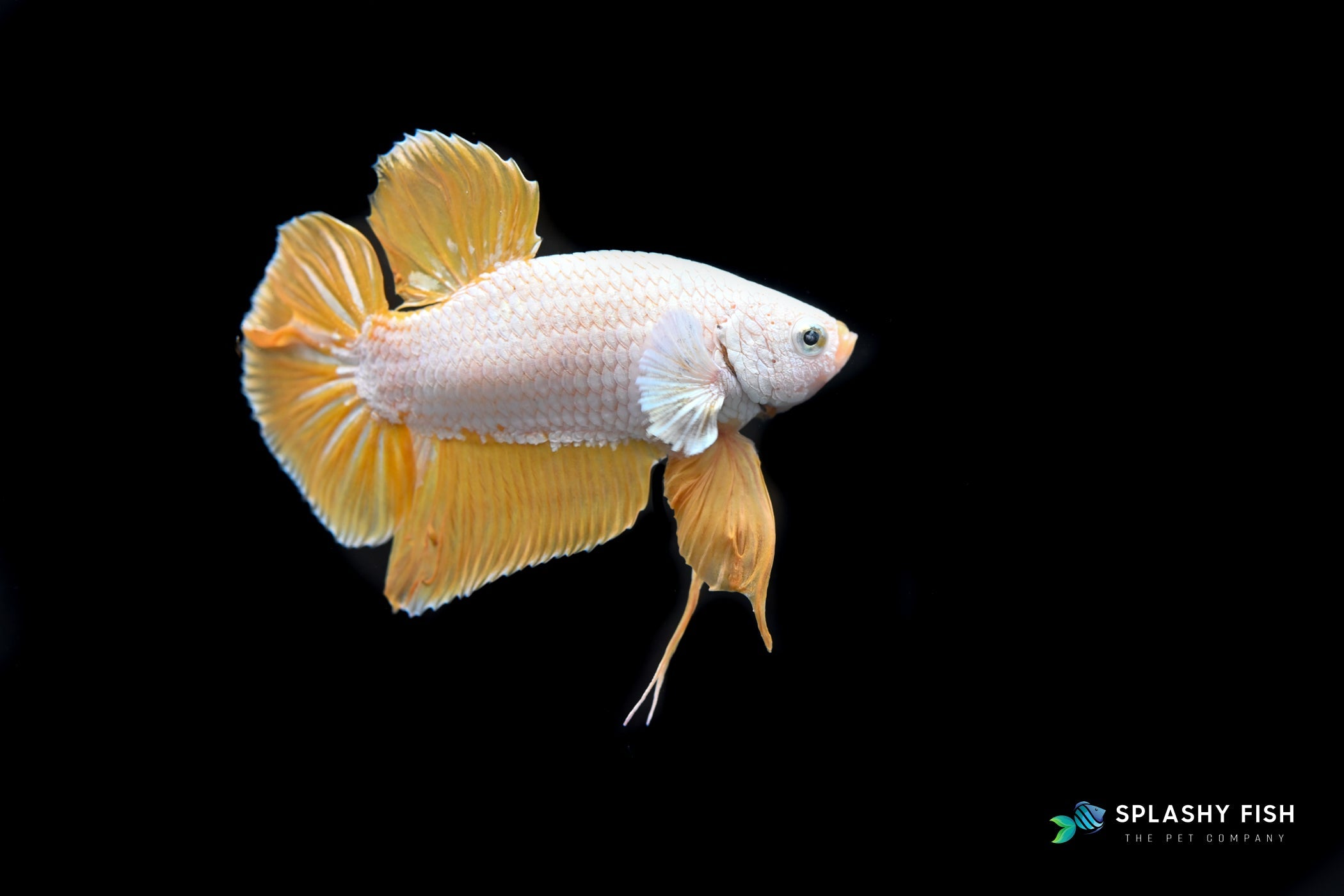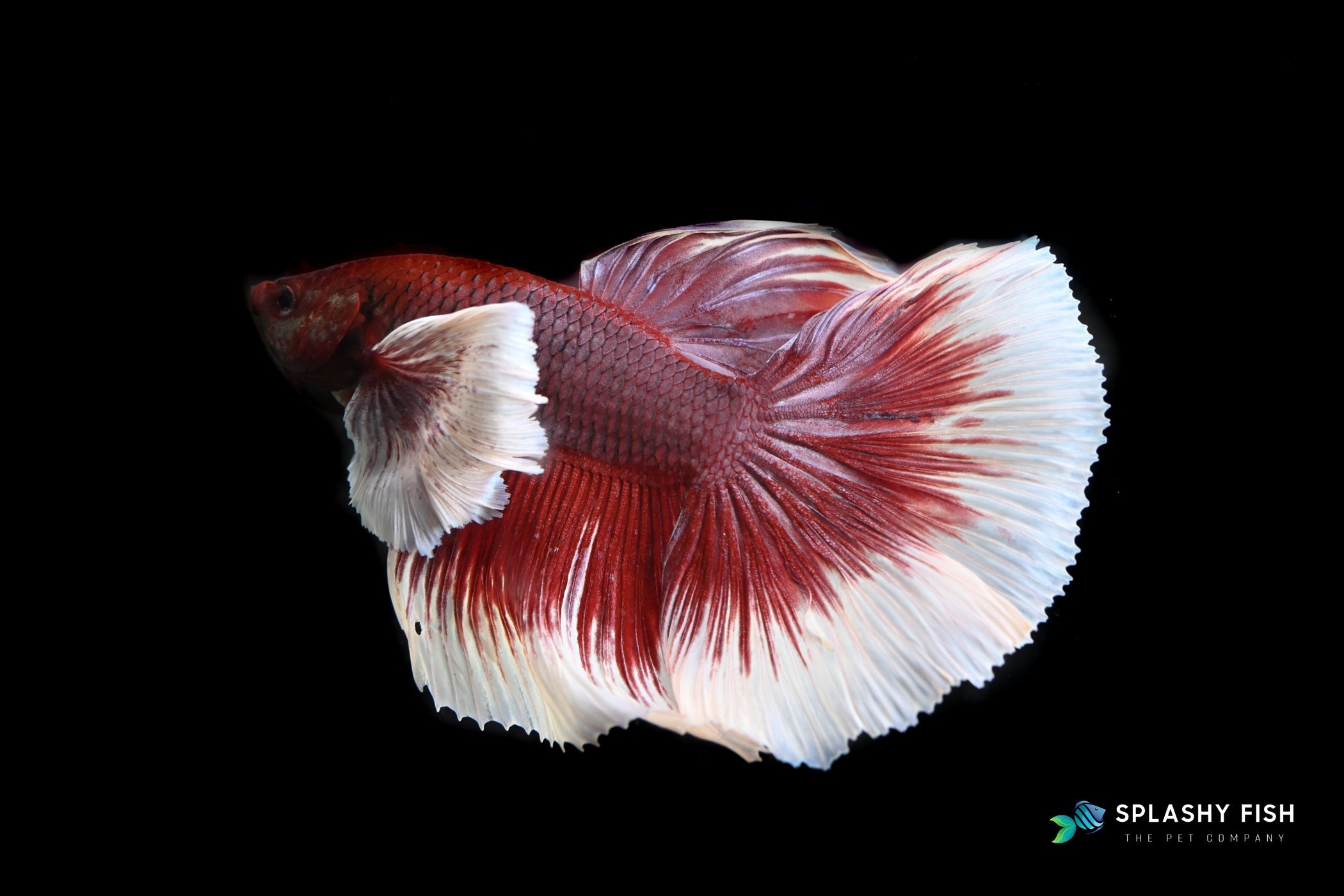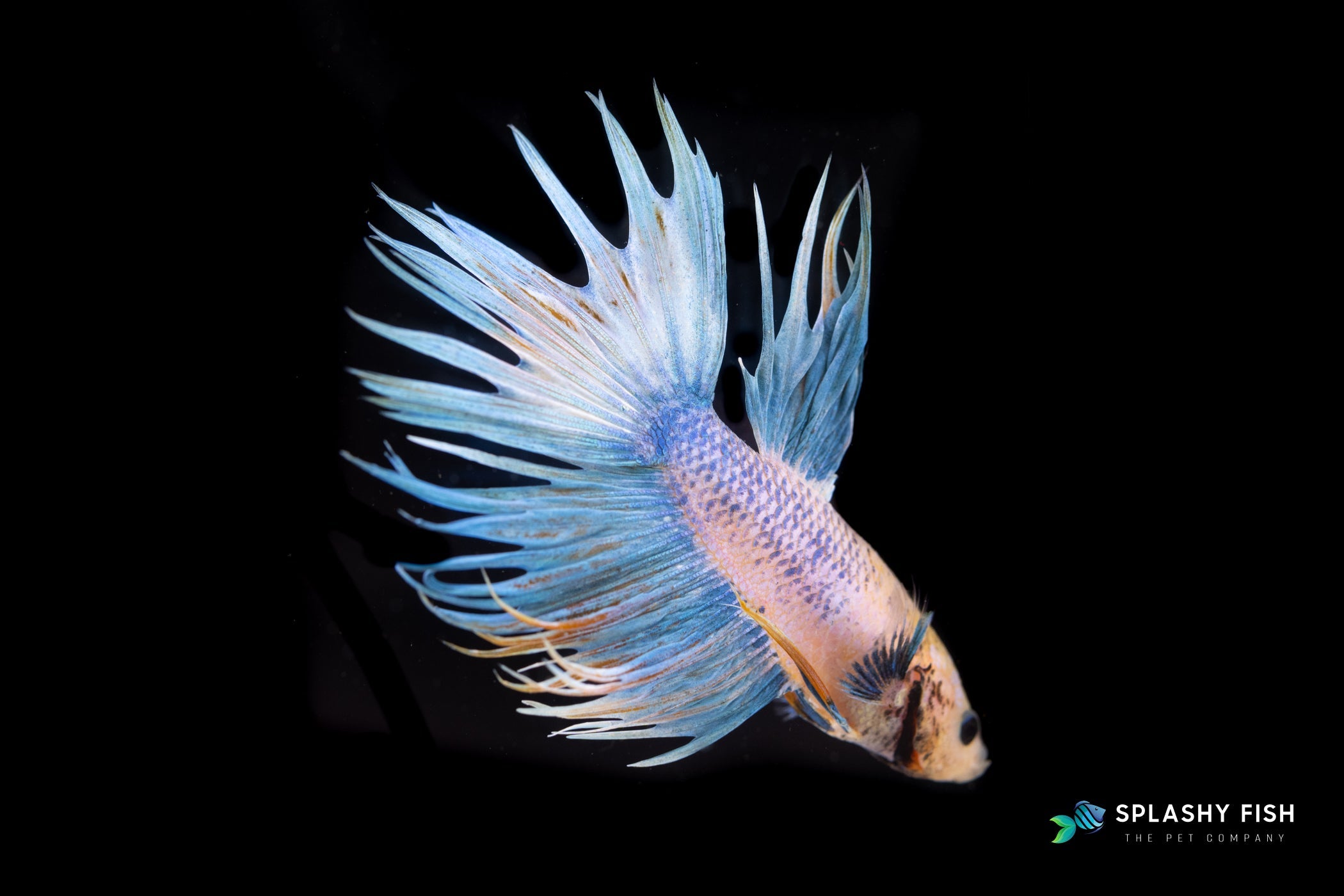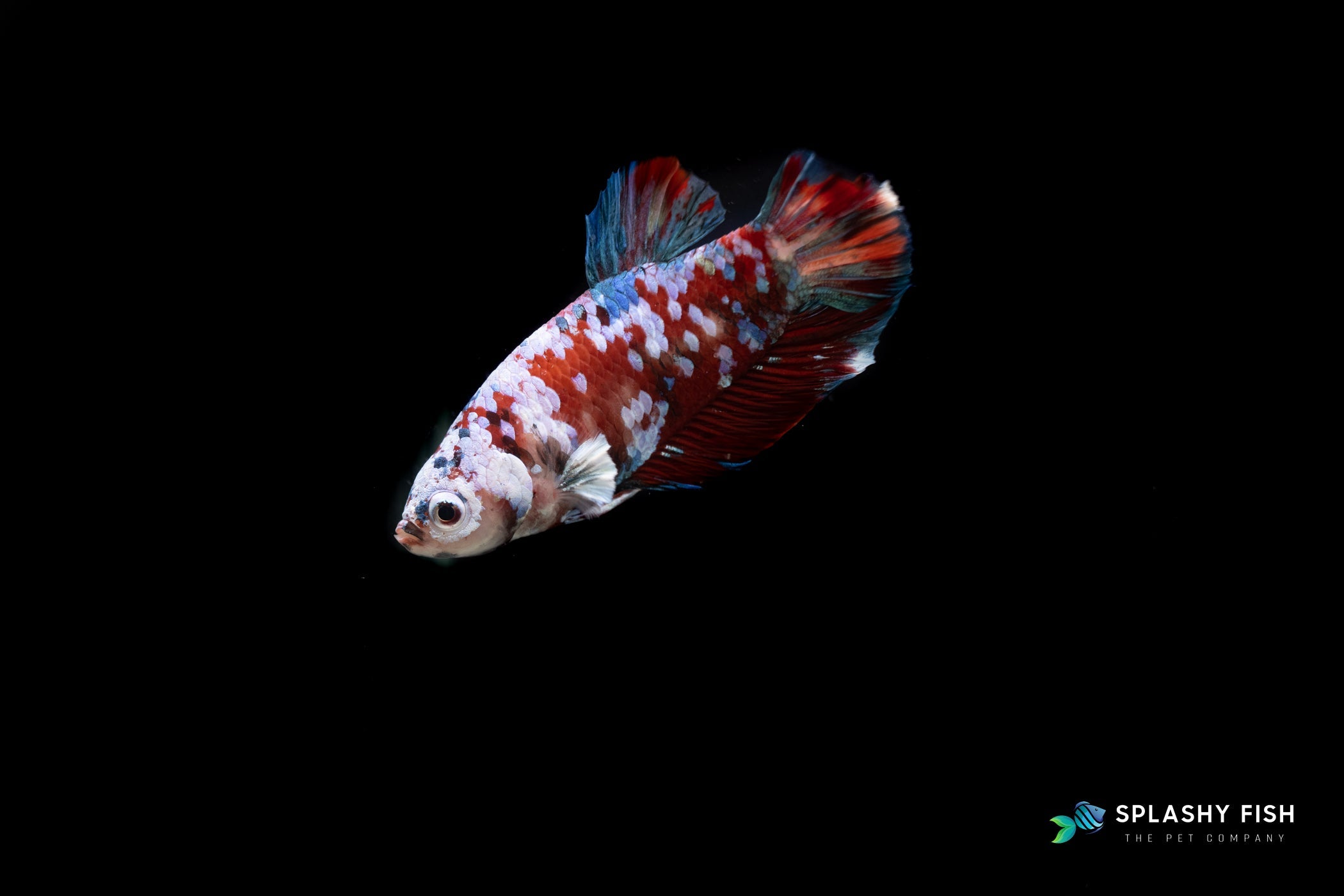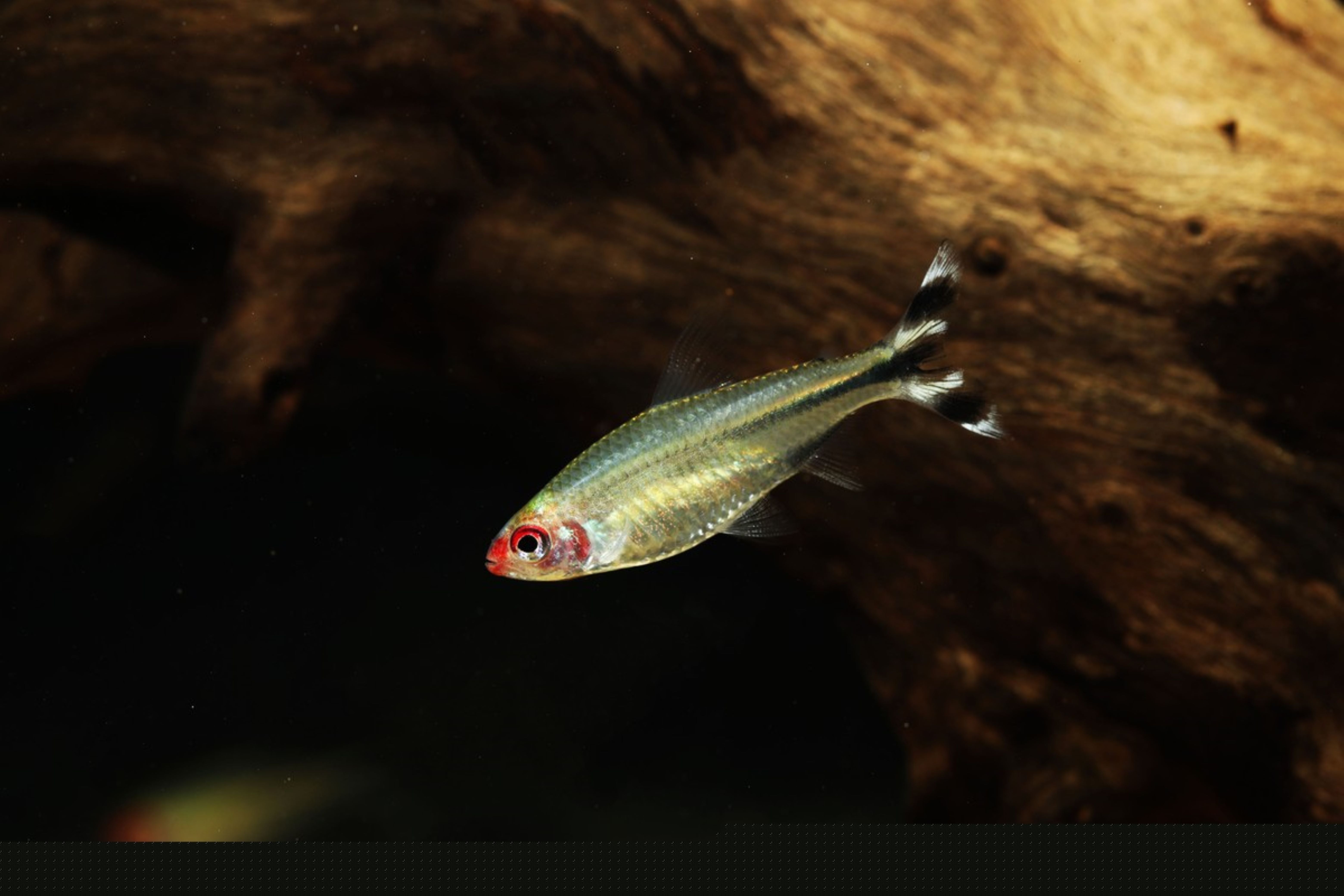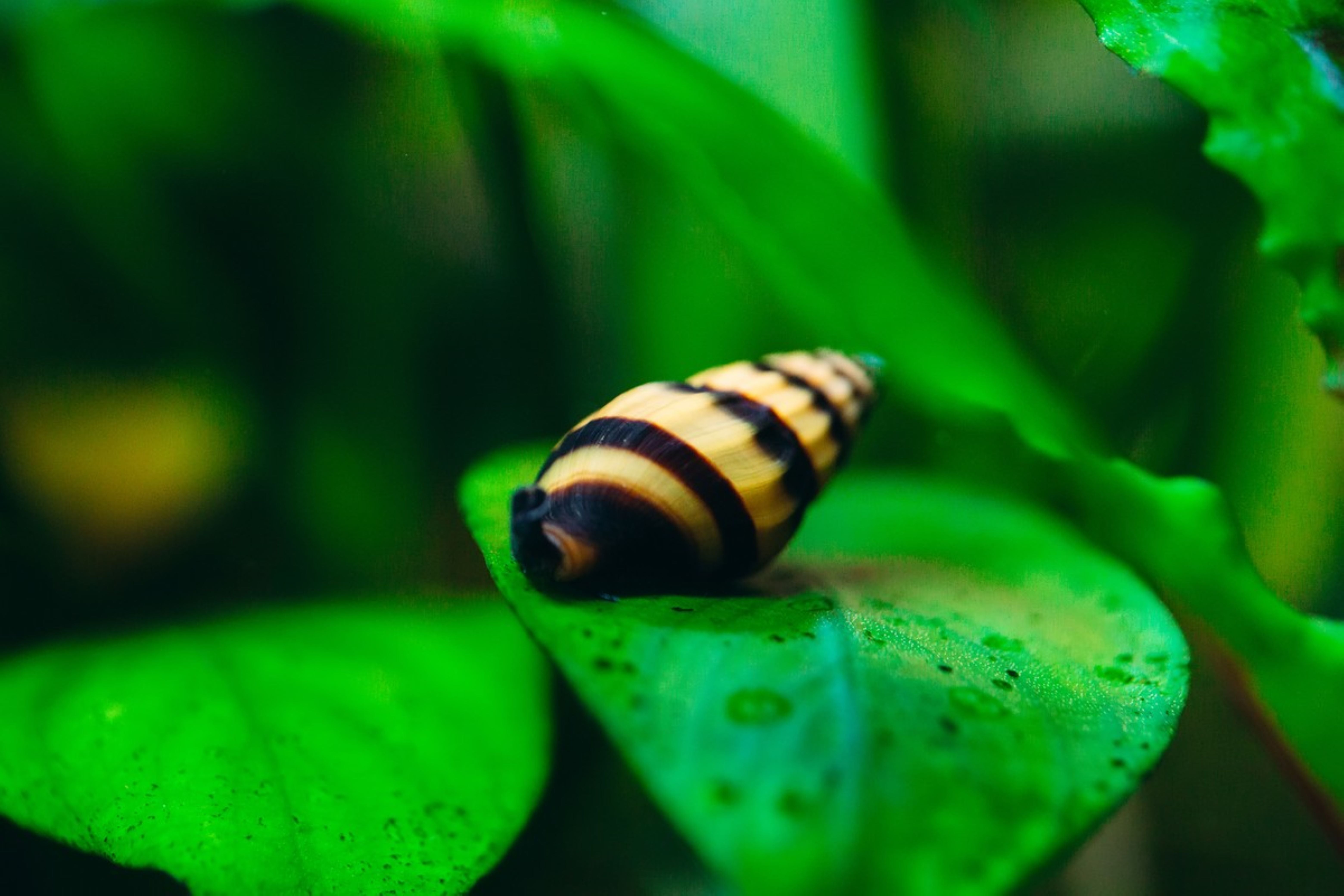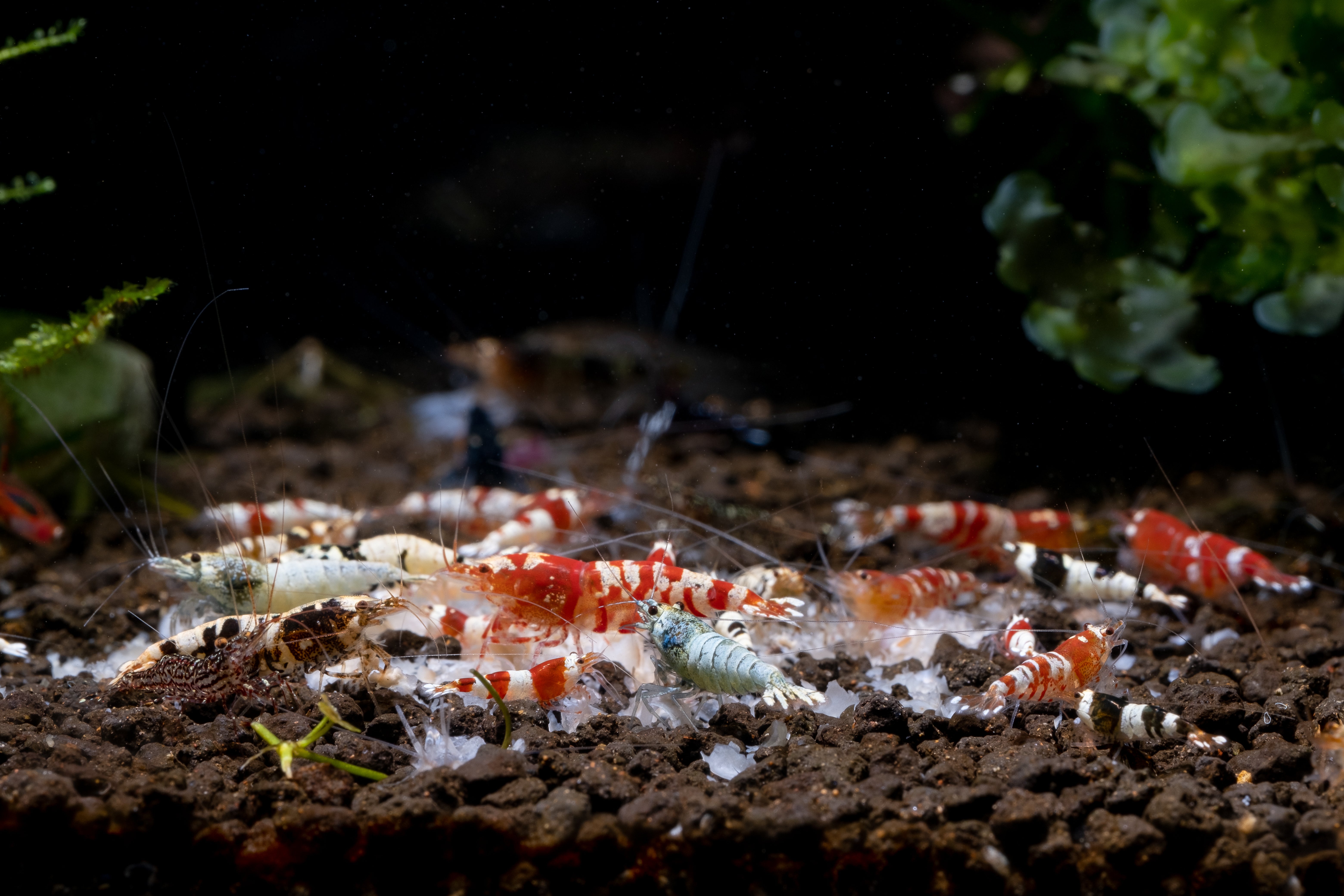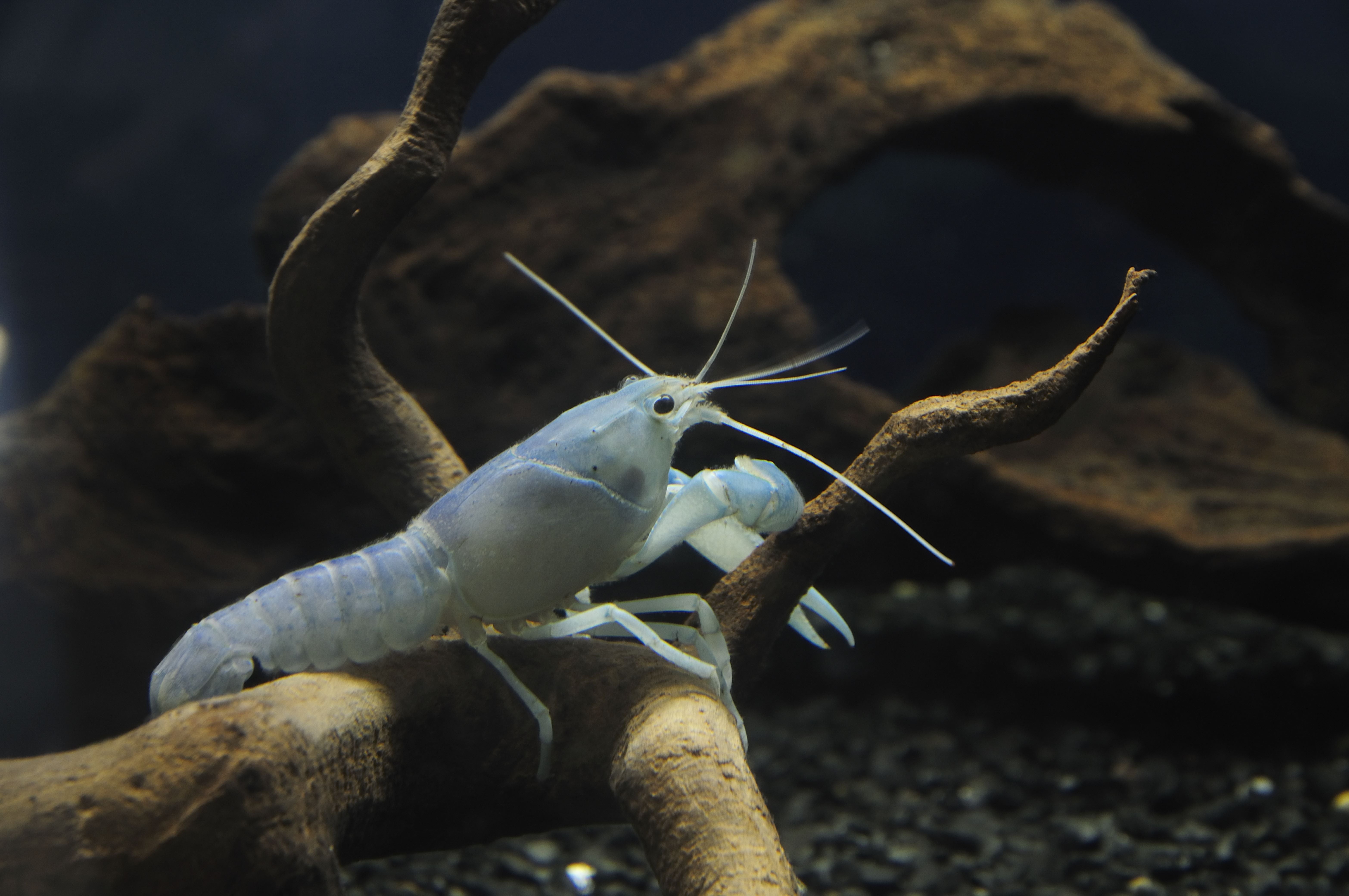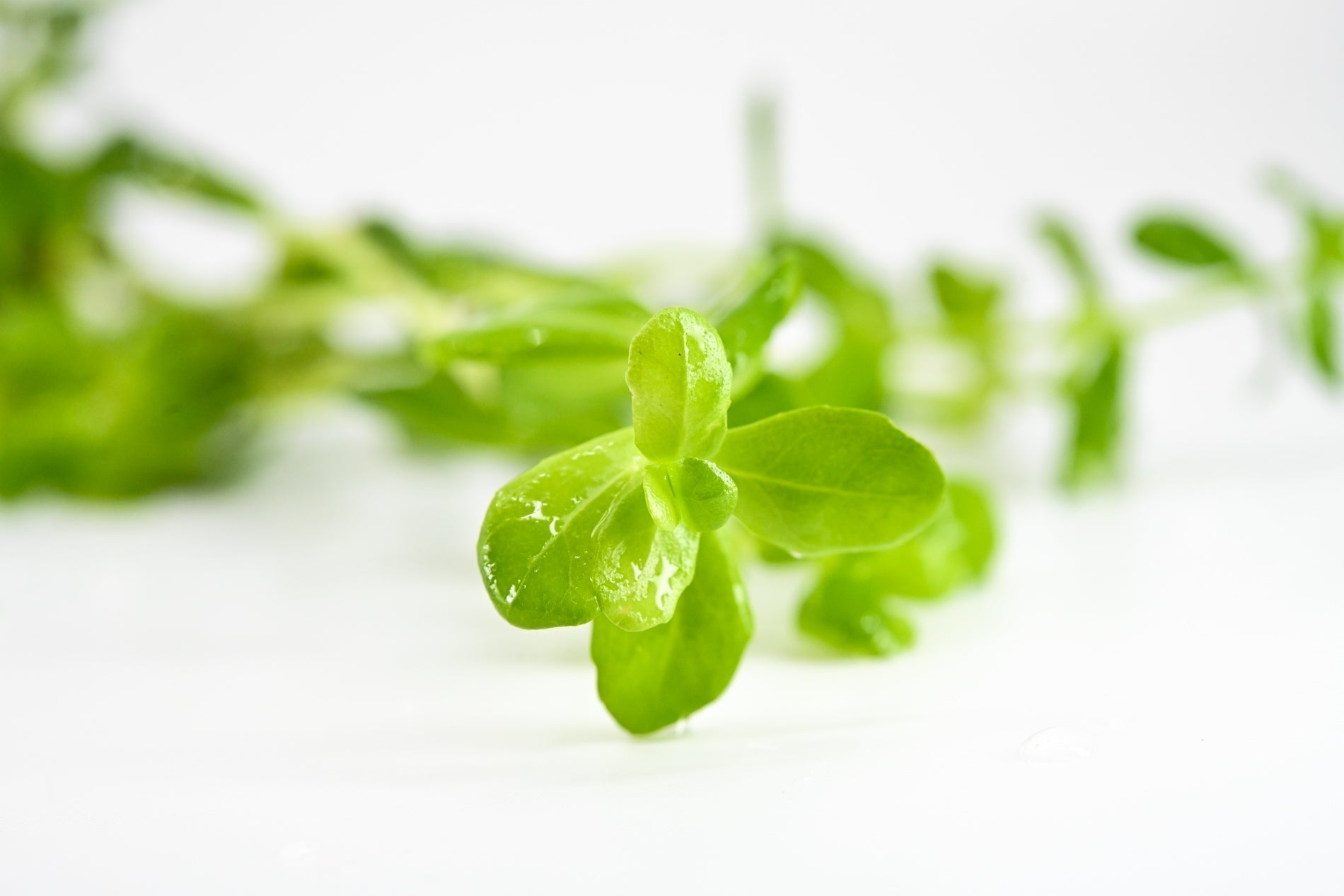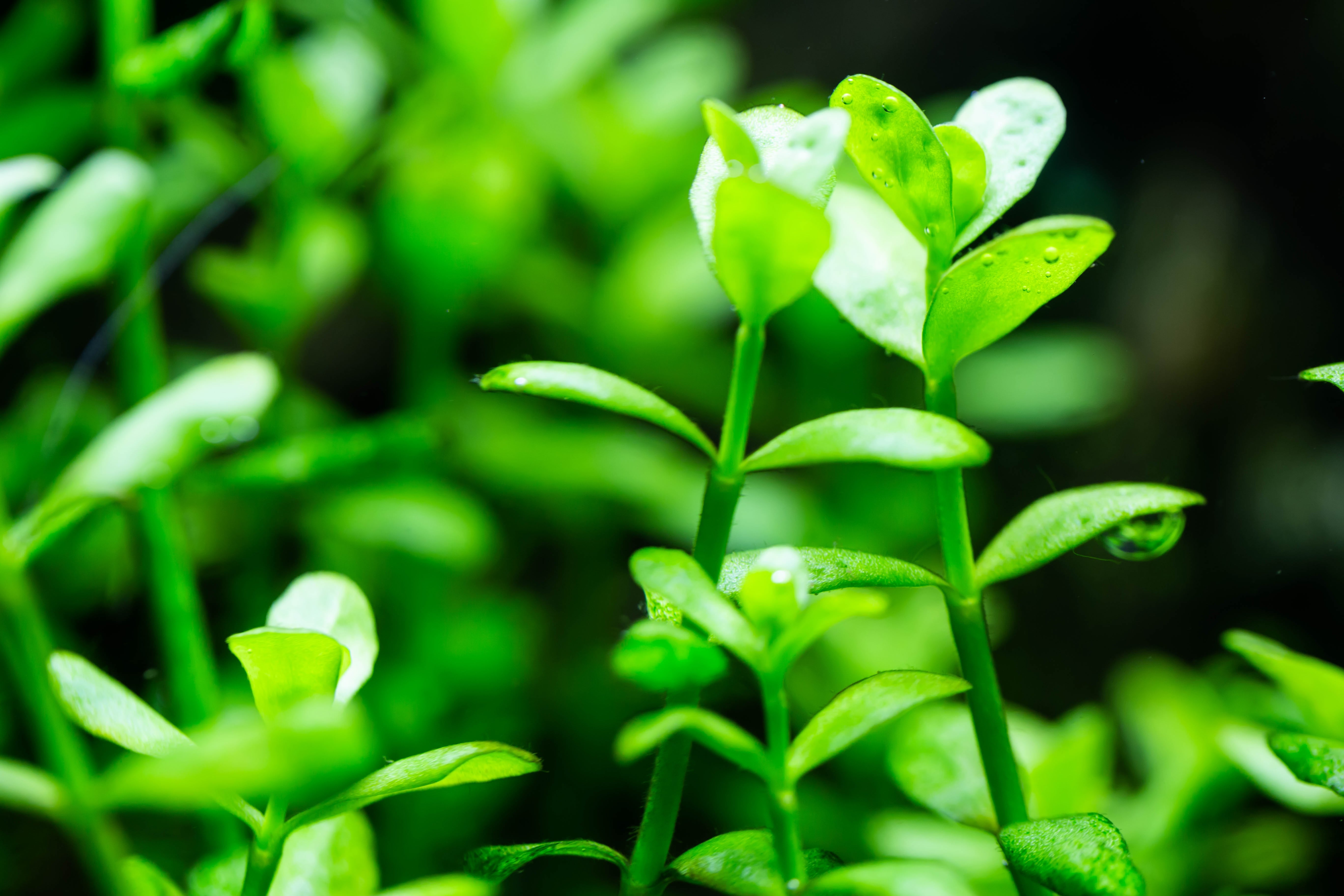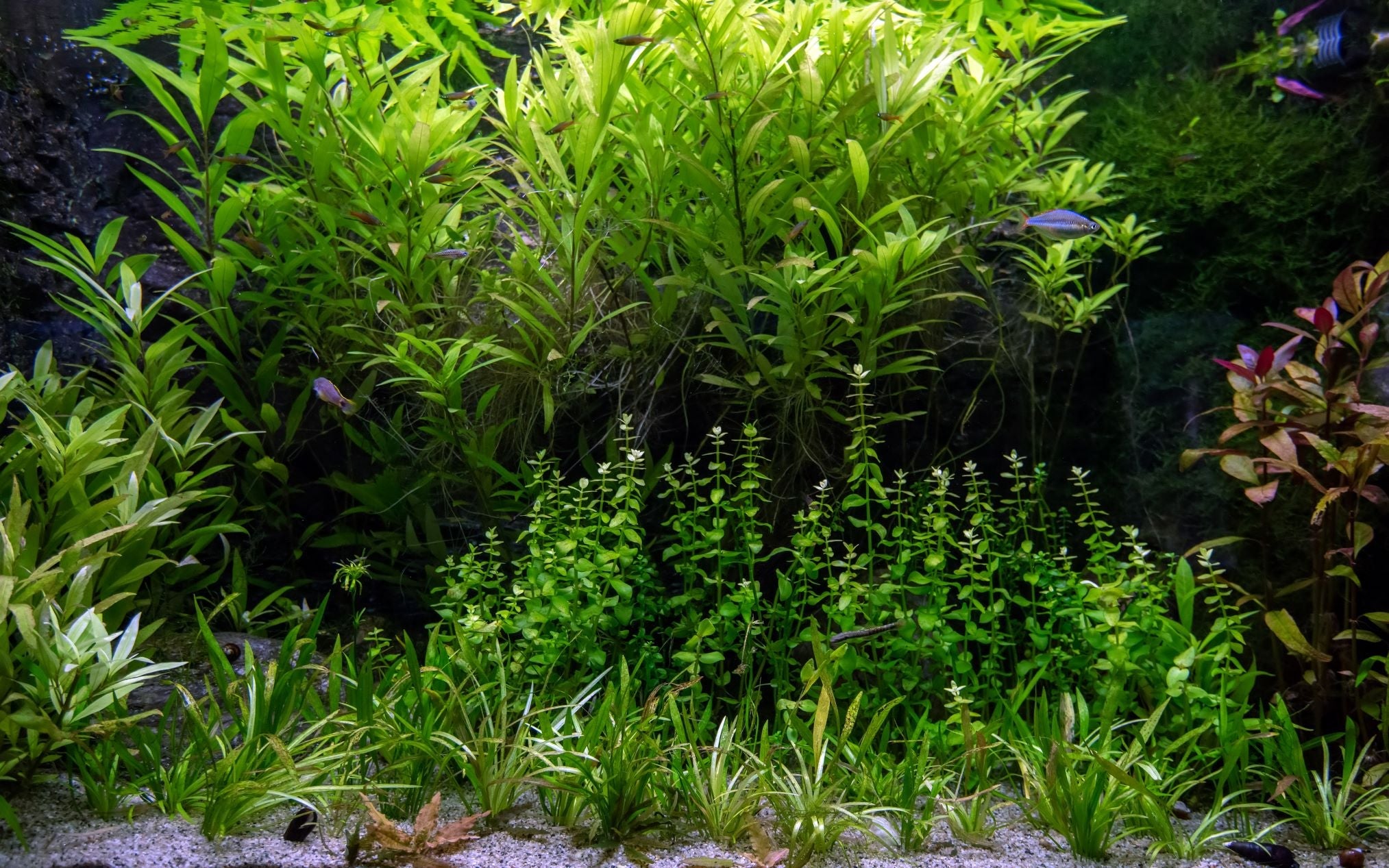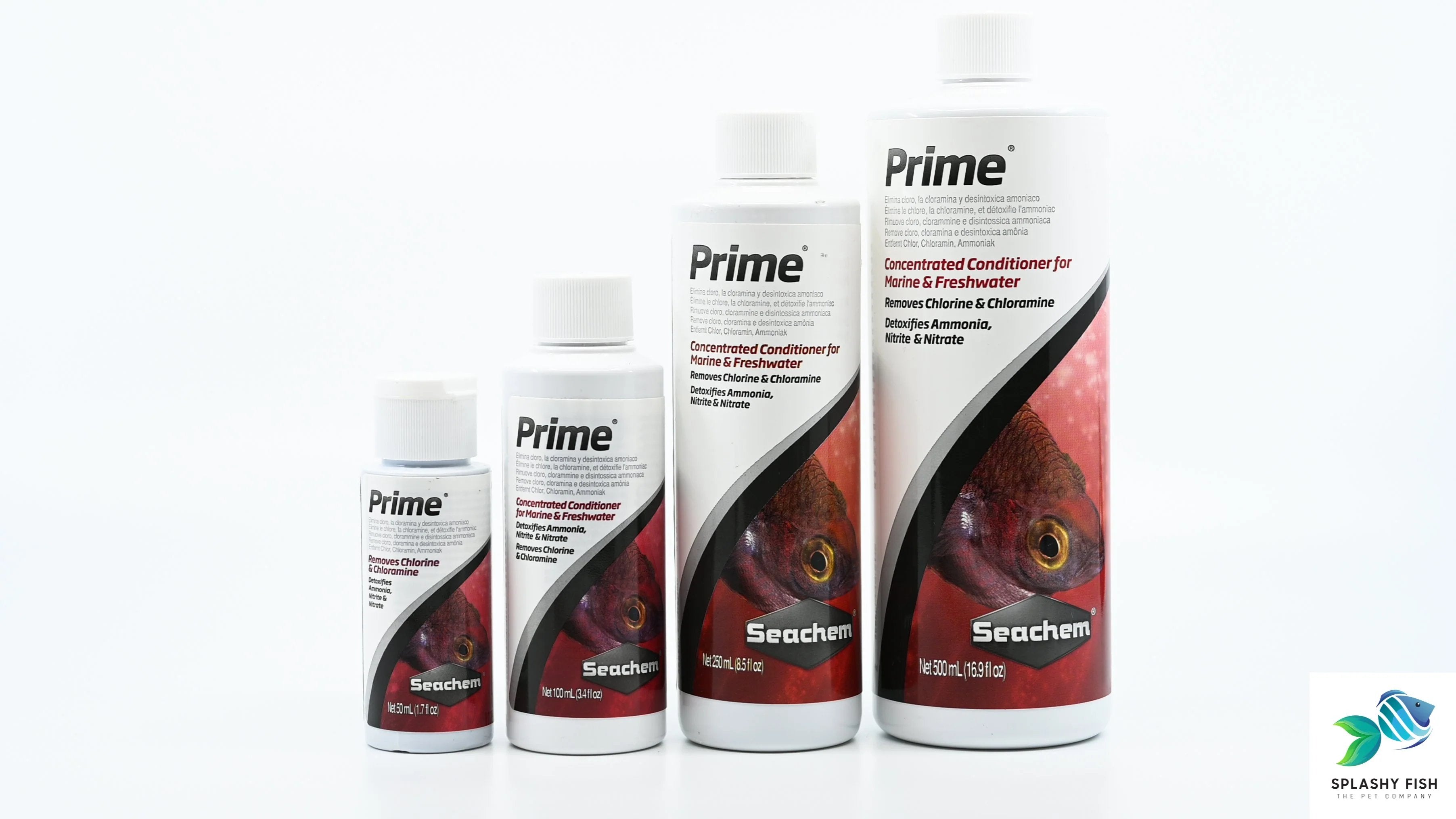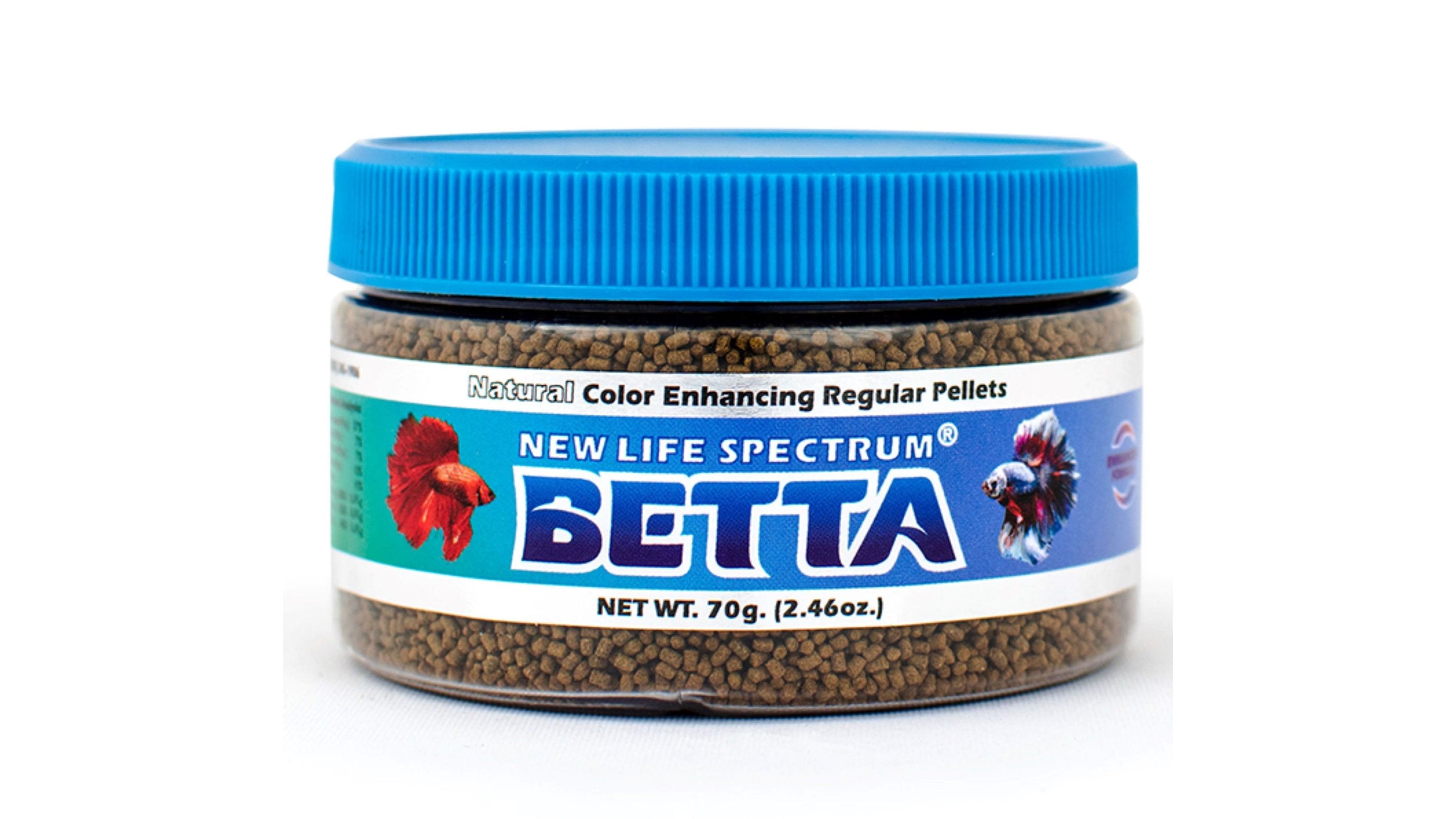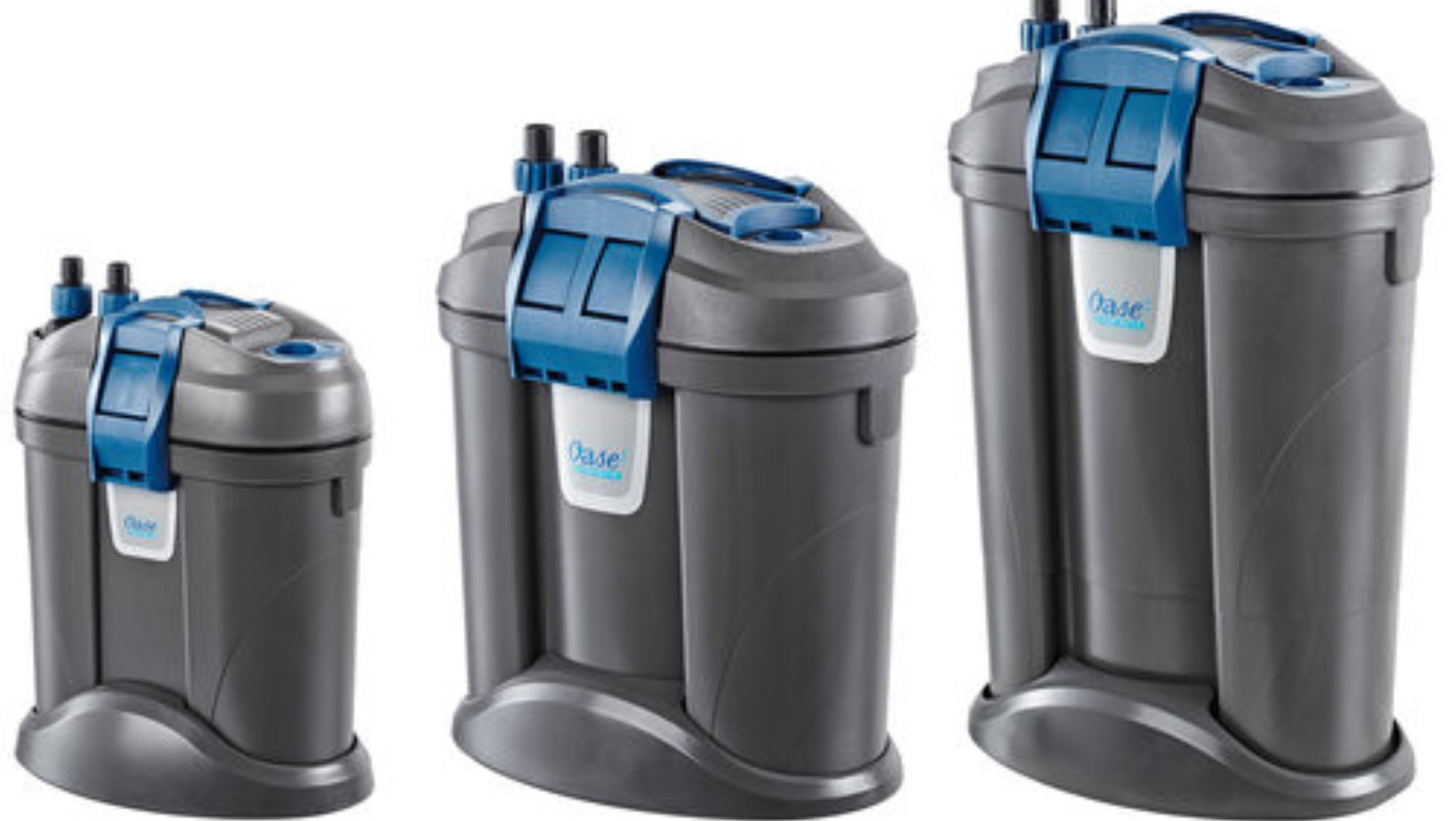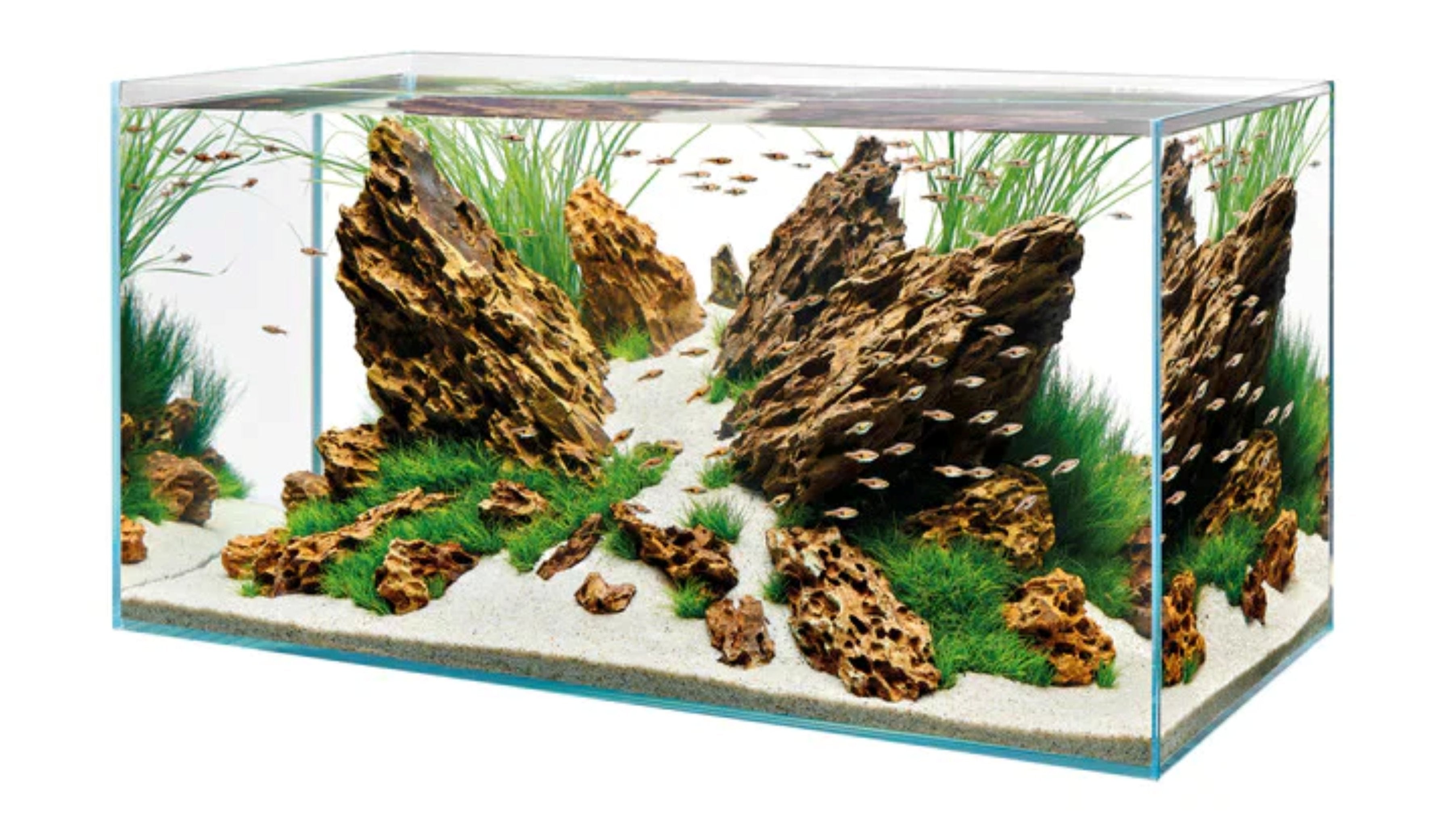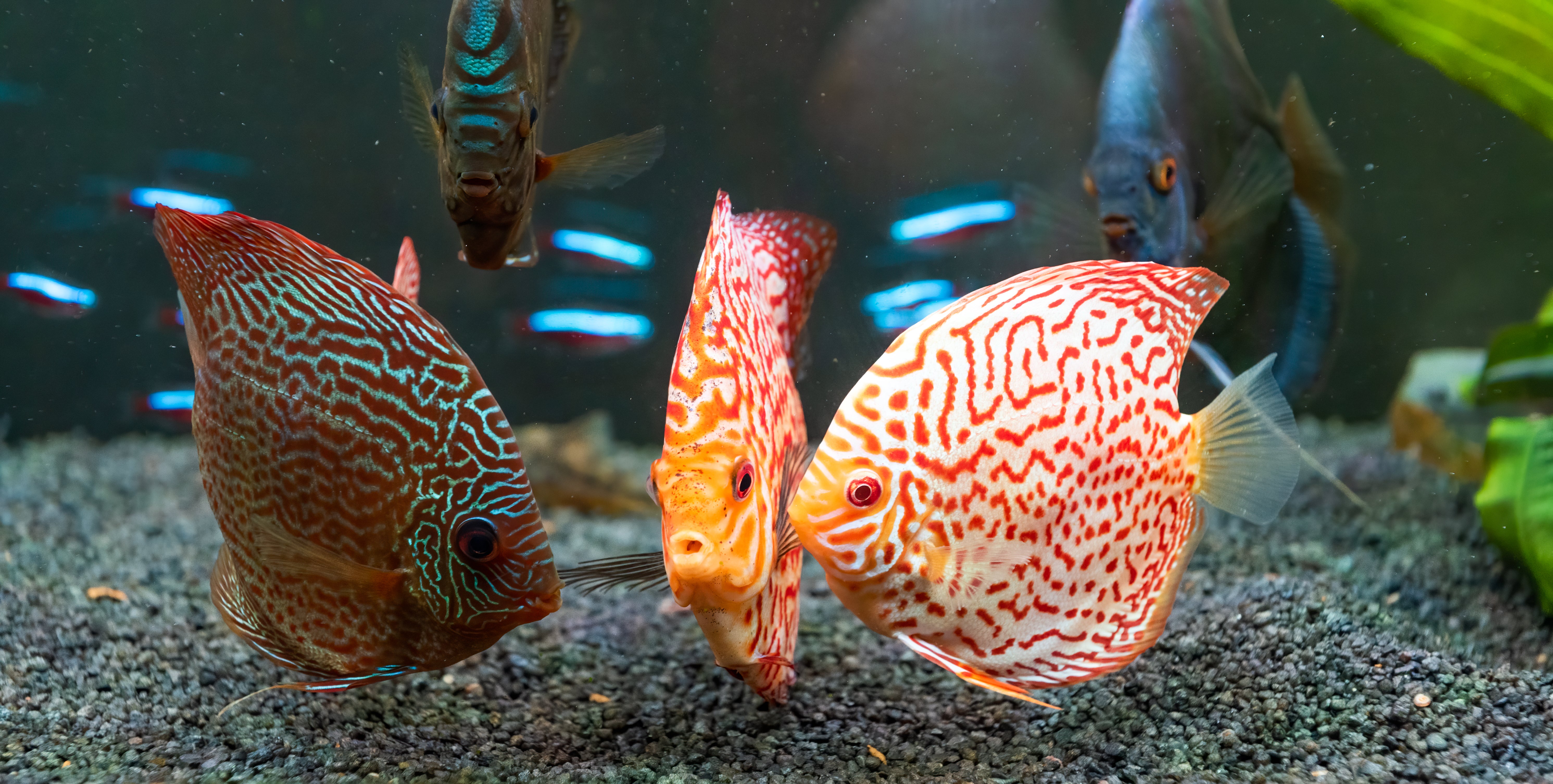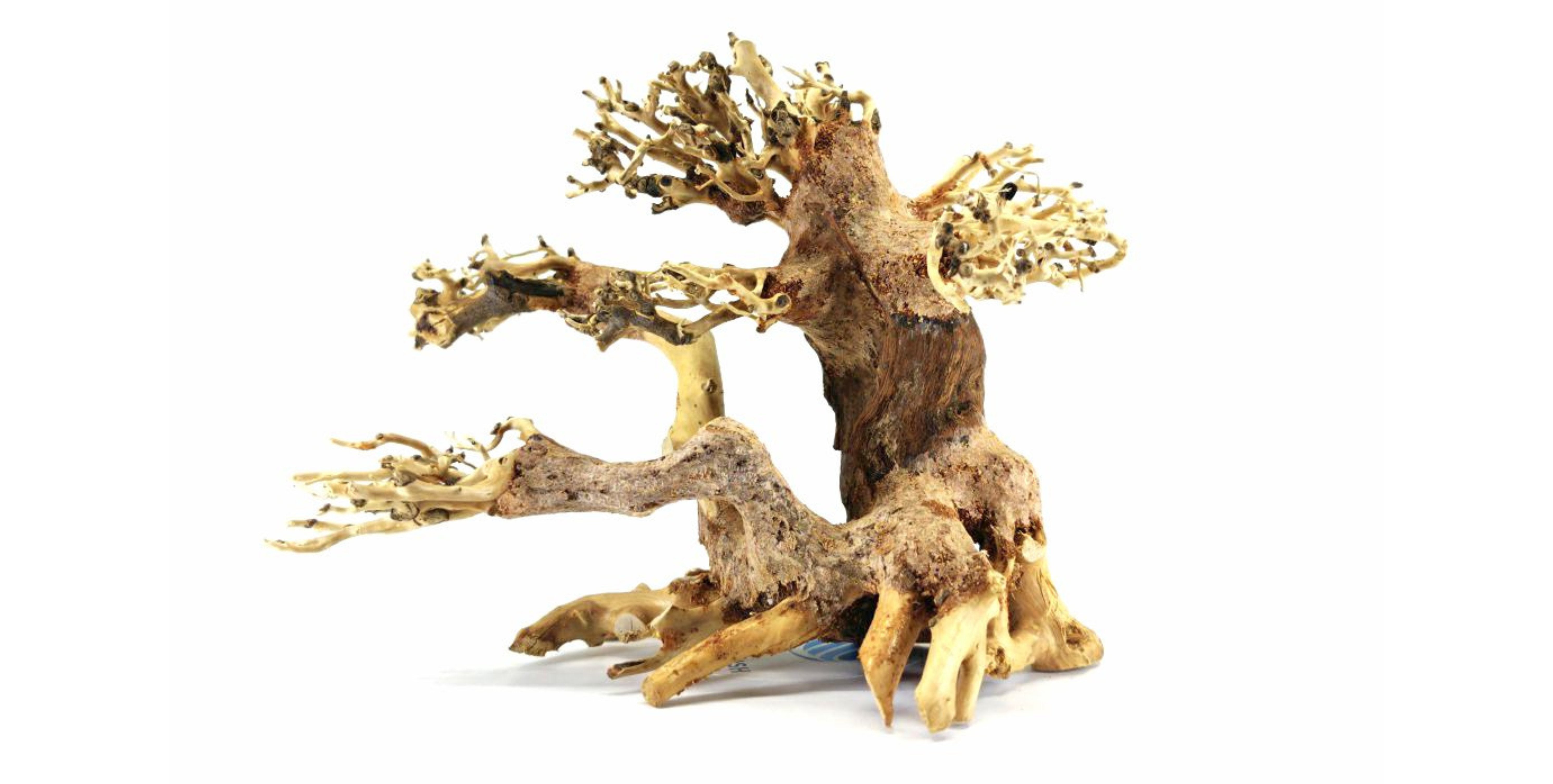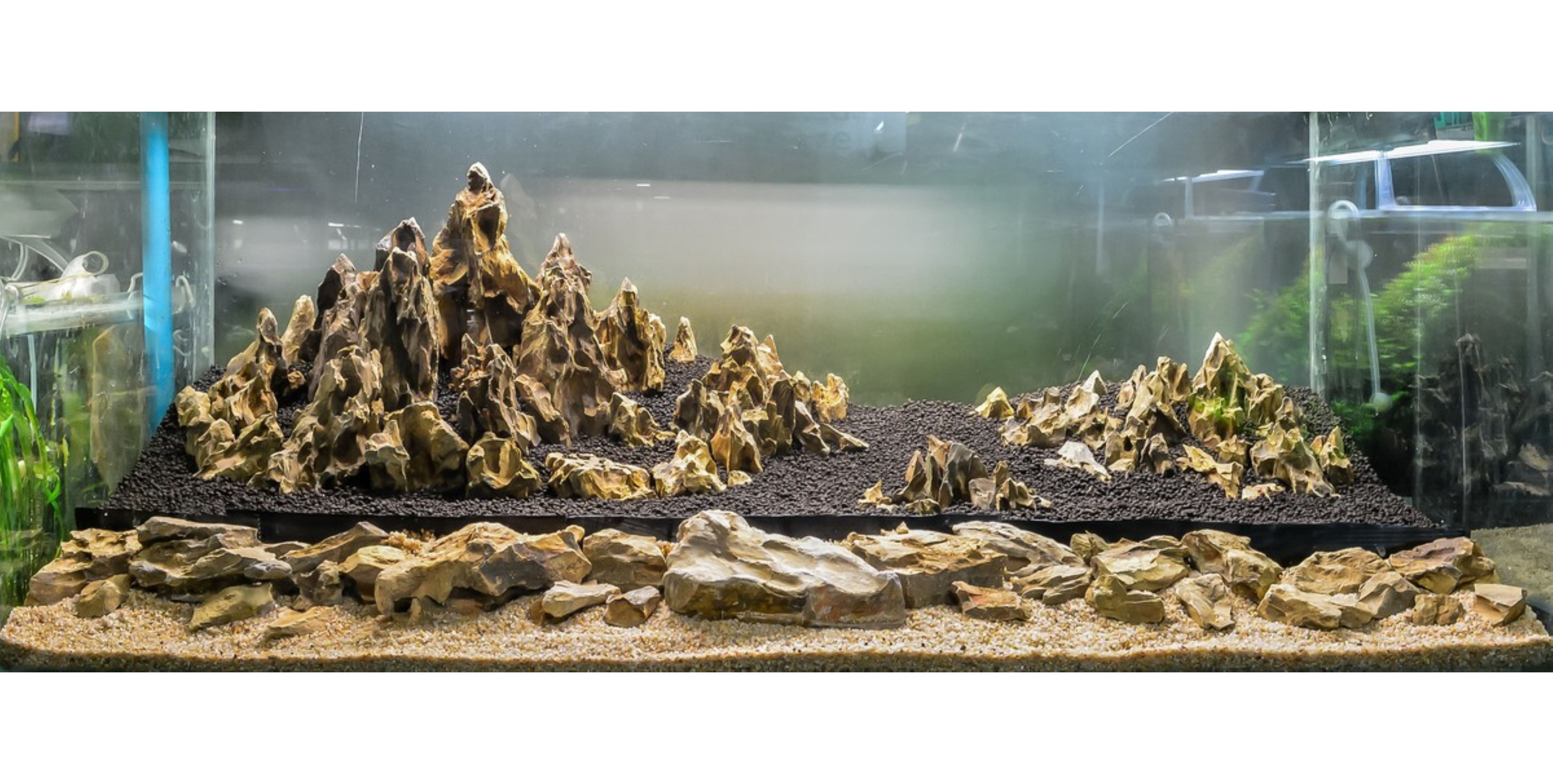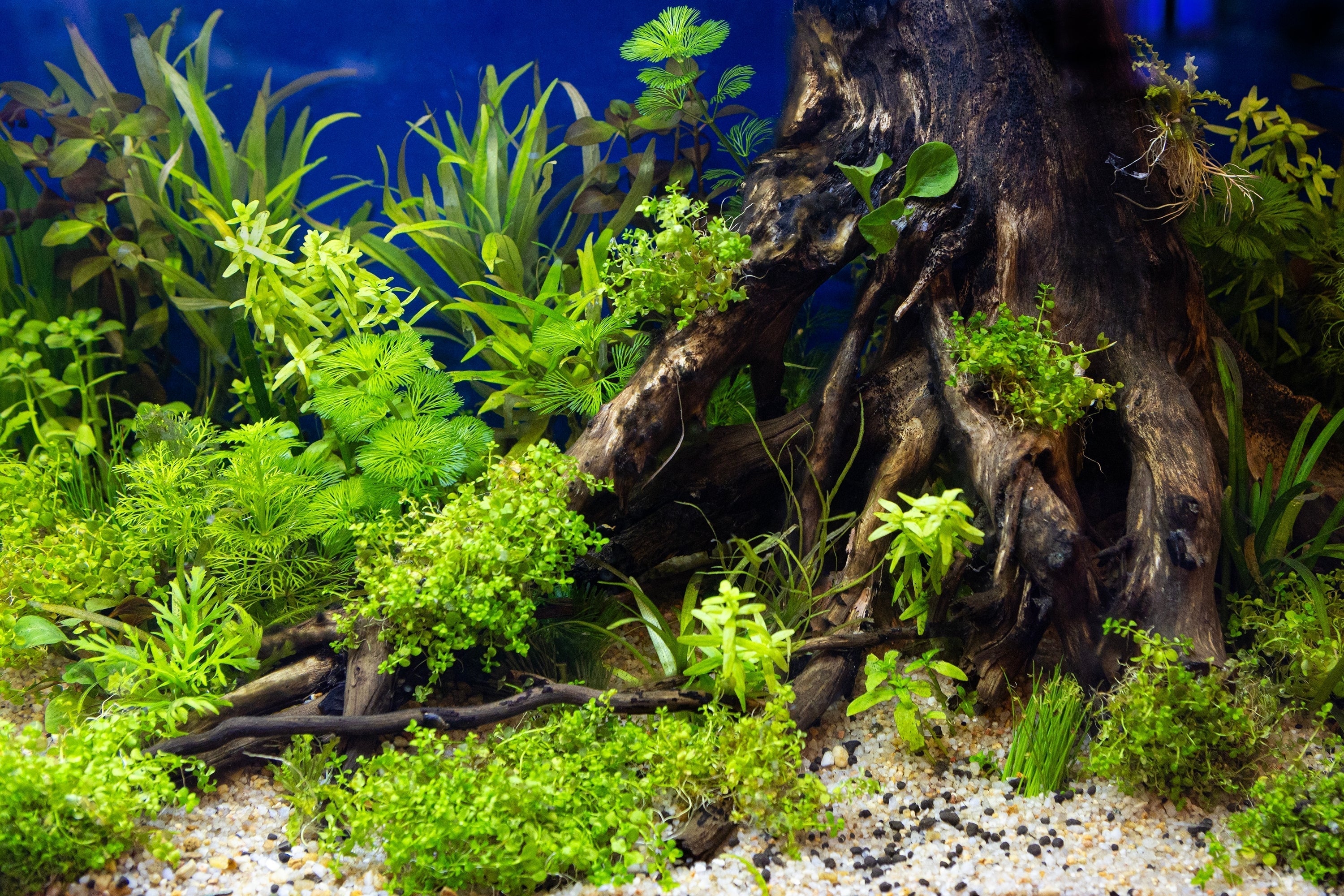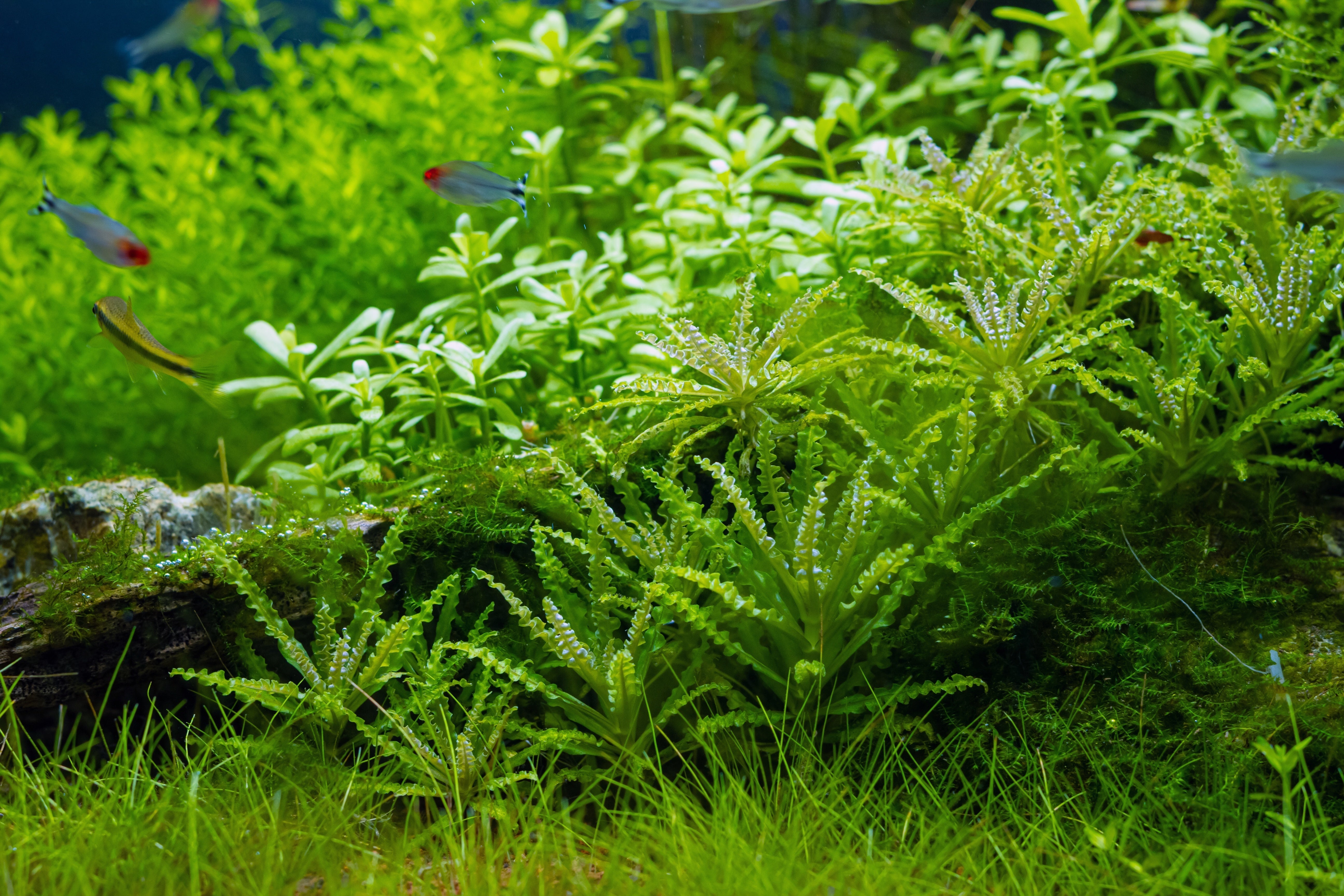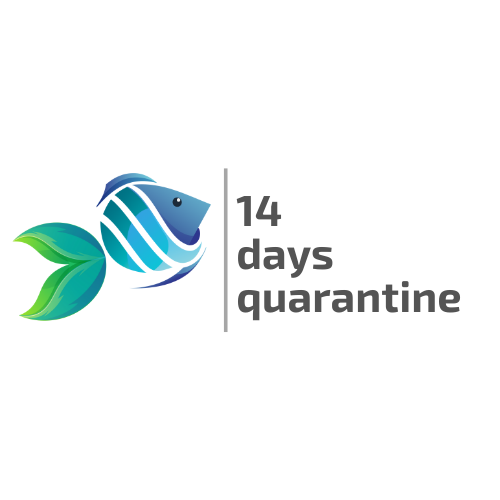Table of Contents
In this ultimate guide, we will share top-notch advice to ensure your aquarium shrimp stay happy and healthy no matter the season. From adjusting water parameters to providing proper nutrition, we've got you covered. During the summer months, shrimp may face challenges such as increased water temperatures and algae growth. We'll reveal effective strategies to help you maintain ideal temperature levels and control algae in your tank. In the chilly winter season, we'll discuss how to protect your shrimp from sudden temperature changes and ensure they have a cozy hideout. Furthermore, we'll address common concerns like breeding, feeding, and disease prevention to keep your shrimp thriving every day of the year. With these valuable tips, you can create a thriving and vibrant home for your aquatic friends. So get ready to dive into the world of seasonal care for your aquarium shrimp and give them the perfect environment they deserve. Your shrimp will thank you for it!
Why Seasonal Care Is Important to Aquarium Shrimp?
Aquarium shrimps, like all living creatures, thrive best when their environment is stable and suited to their specific needs. Seasonal changes in temperature, light, and water chemistry can affect their behavior, health, and growth. By adjusting your care routine to account for these seasonal fluctuations, you ensure that your shrimp remain happy, active, and healthy throughout the year.
Temperature Control
Live aquarium shrimp are ectothermic, meaning they rely on the surrounding water temperature to regulate their internal body temperature. Therefore, seasonal changes in temperature can have a direct impact on shrimp metabolism, breeding behavior, and overall health. Maintaining a consistent water temperature that falls within the ideal range for your shrimp species is essential.
Water Quality Maintenance
Changes in water chemistry are another consideration for seasonal care. For example, during the warmer months, evaporation rates can increase, leading to higher salinity or changes in mineral concentrations. During the colder months, the water supply might contain different minerals or chemicals due to seasonal treatments by municipal water suppliers.
Feeding and Nutrition
Seasonal changes also affect shrimp feeding habits. In colder months, live aquarium shrimp tend to have slower metabolism, requiring less food, while in warmer months, their digestion speeds up, and they need more frequent feeding. Providing a varied shrimp food that matches the shrimp’s needs is essential for their overall health.

Spring: Preparing for Active Growth
Spring marks a season of renewal, with warmer temperatures signaling the start of increased activity in the shrimp tank. As water temperature rises, shrimp metabolism and breeding activity tend to accelerate, making this an ideal time to focus on breeding and fostering healthy shrimp growth.
Key Spring Care Tips:
-
Monitor Water Temperature: As the water temperature increases, your shrimp’s metabolism also speeds up. Be sure to maintain a stable water temperature between 72°F and 78°F to ensure optimal conditions for your aquarium shrimp.
-
Increase Water Changes: With the higher activity level of shrimp comes increased waste production. Regular 10-15% water changes help keep the water clean, reduce toxins like ammonia and nitrates, and maintain excellent water quality.
-
Encourage Breeding: Spring is an excellent time for breeding aquarium shrimp. To encourage breeding and molting, add additional hiding places such as Marimo Moss Balls, caves, or live aquatic plants where your aquarium shrimp can feel safe and secure during molting. The extra space helps reduce stress and fosters healthy reproduction.
-
Inspect Equipment: Spring is the perfect time to ensure that all aquarium equipment is in working order. Check your heaters, filters, and air pumps to prevent any malfunctions as the warmer months approach.
-
Introduce New Shrimp: If you’re planning to expand your colony, spring is a good time to add new shrimp to your tank. The increased temperature and favorable conditions will help them acclimate faster.
Summer: Keeping Shrimp Cool
Summer can be a challenging time for live aquarium shrimp due to the high temperatures. Shrimp are sensitive to heat, and water temperatures above their preferred range can cause stress, reduced breeding, or even death. To ensure your shrimp stays healthy, it’s essential to keep the water cool and maintain ideal conditions.
Key Summer Care Tips:
-
Prevent Overheating: Use an aquarium fan or chiller to regulate water temperature and prevent it from rising above 80°F. Avoid placing your tank in direct sunlight or near windows, as this can cause excessive heat.
-
Increase Aeration: Warm water holds less oxygen, which can lead to oxygen depletion in the tank. Increase aeration by adding an air stone aquarium or adjusting the surface agitation to keep oxygen levels high for your shrimp.
-
Monitor Evaporation: In hot weather, evaporation rates increase, causing the water’s salinity and mineral concentrations to rise. To prevent these imbalances, top off the tank regularly with dechlorinated water to maintain proper water parameters.
-
Reduce Feeding Frequency: As shrimp metabolism increases in warmer temperatures, they digest food faster. However, overfeeding can lead to uneaten food decaying in the tank, causing water quality issues. Feed smaller amounts of food and remove any uneaten portions promptly.
-
Adjust Lighting: Longer days and increased sunlight exposure during the summer can lead to excess algae growth in the tank. Reduce the duration of your aquarium’s light cycle to control algae and prevent excessive growth.
-
Watch for Signs of Stress or Illness: Heat can accelerate bacterial growth, so be vigilant and look out for signs of stress or disease in your shrimp. Signs of illness include lethargy, discoloration, and abnormal behavior.

Fall: Stabilizing the Environment
As the weather cools down in the fall, it’s important to help your shrimp gradually adjust to the changes in temperature and light. While shrimp are less active during fall, the cooler temperatures can make the tank environment more stable for the long term.
Key Fall Care Tips:
-
Gradual Temperature Adjustments: If you’re using a heater, begin slowly adjusting the water temperature to avoid shocking your shrimp. A slow change will help them adapt without causing stress.
-
Boost Immunity: Shrimp can be more susceptible to illness as temperatures drop, so it’s important to provide a well-balanced diet. Calcium-rich foods such as blanched vegetables or specialized shrimp pellets help promote healthy molting and support shrimp immunity.
-
Maintain Water Quality: Fall is often associated with falling leaves and changes in the water composition, especially in municipal water supplies. Test your water frequently by using water test kit to ensure no harmful chemicals are introduced.
-
Stock Up on Supplies: As temperatures dip, it’s wise to stock up on shrimp food, minerals, and water treatments, as it may be more difficult to get certain supplies during the winter months.
-
Introduce Autumn-Friendly Plants: Some aquatic plants are better suited to cooler temperatures, such as Cryptocoryne or Java Moss. Adding these to your tank will help create a stable environment for your shrimp as the weather cools.
Winter: Protecting Against Cold Stress
Winter can be harsh for aquarium shrimp, particularly if you live in an area that experiences significant drops in temperature. Cold water and drafts can stress your shrimp, so proper care is essential to maintain a stable and healthy tank environment.
Key Winter Care Tips:
-
Use a Heater: A reliable aquarium heater is crucial during the winter months. Keep the water temperature between 72°F and 78°F to prevent cold stress.
-
Monitor Water Changes: Avoid using cold tap water for water changes, as it can shock your shrimp. Allow new water to reach room temperature before adding it to the tank.
-
Reduce Feeding: Shrimp metabolism slows down in colder water, so reduce feeding to avoid overfeeding. Only provide food in small quantities, and remove any leftover food promptly.
-
Ensure Proper Insulation: If your home experiences drafts, place your tank away from windows or doors. Consider using an insulated tank cover to keep the water warm and prevent temperature fluctuations.
-
Check for Seasonal Adjustments in Water Supply: Municipal water sources may change their treatment methods during winter. Test your water parameters regularly to ensure it remains safe for shrimp.
-
Use LED Lighting to Maintain Stability: Shorter days and less natural light can affect your shrimp’s activity. Using LED lighting with a timer can help simulate natural daylight hours and maintain your shrimp’s normal behavior patterns.
-
Avoid Sudden Power Outages: Winter storms can cause power outages, which could affect your shrimp’s well-being. Consider investing in a backup power source or a battery-operated air pump to maintain oxygen flow in the event of a power failure.

Year-Round Best Practices for Shrimp Care
Regardless of the season, there are certain practices you should follow to keep your shrimp healthy and thriving throughout the year:
-
Test Water Parameters Weekly: Always monitor ammonia, nitrite, and nitrate levels to ensure they remain within safe ranges for your shrimp. Consistent water quality is essential.
-
Provide a Varied Diet: Offer a balanced diet of algae wafers, blanched vegetables, and high-quality shrimp pellets. Varying the diet ensures that your shrimp receive all necessary nutrients.
-
Choose Quality Shrimp: When purchasing shrimp for sale, buy from reputable aquarium stores or breeders who maintain healthy, well-acclimated shrimp. This ensures that your shrimp are already accustomed to aquarium life.
-
Regularly Inspect for Health Issues: Check for signs of stress, unusual behavior, or disease in your shrimp. Early detection of health problems can prevent them from spreading.
-
Maintain Consistent Tank Conditions: Avoid sudden changes in water parameters, as these can cause stress to your shrimp. Stability is key to maintaining a healthy shrimp population.
-
Keep an Eye on Tank Mates: If you have other freshwater fish or invertebrates in the tank, ensure they are not harming or preying on your shrimp. Choose peaceful tank mates that will coexist harmoniously.
-
Use Natural Enhancers: Indian almond leaves, beneficial bacteria, and other natural supplements can help improve water quality and boost shrimp health.
Conclusion
Caring for aquarium shrimps year-round requires adjusting your care routine to account for seasonal changes. By monitoring water temperature, maintaining water quality, and providing proper nutrition, you can ensure that your shrimp remains healthy and active in any season. Whether you’re looking for shrimp for sale or want to improve your current setup, following these seasonal care tips will help you maintain a thriving shrimp aquarium. Always ensure that your shrimp’s environment stays stable, and they will reward you with their beauty and beneficial role in your tank ecosystem. Visit Splashy Fish Store website to buy freshwater shrimp online or at aquarium store in Virginia for more other freshwater fish for sale, betta fish for sale, live aquatic plants for sale, and aquarium supplies by following this map.
Aquarium Shrimp Frequently Asked Questions (FAQs)
What’s the best way to transition shrimp between seasons?
Transitioning shrimp between seasons should be done gradually. Slowly adjust the water temperature by no more than 1°F per day to prevent shock. Also, monitor water parameters closely, such as pH and hardness, and gradually adjust lighting to simulate natural light cycles. This ensures shrimp acclimate without stress.
Can shrimp breed in colder months?
Yes, shrimp can breed in colder months, but at a slower rate. Maintaining a stable water temperature and providing hiding spaces like Moss or caves will encourage breeding. A well-balanced diet with calcium-rich foods also supports molting and overall health, which is essential for reproduction.
Can I introduce new shrimp to my aquarium during any season?
Yes, you can introduce new shrimp at any time, but spring and summer are ideal due to warmer temperatures. During colder months, acclimate them slowly to the tank’s temperature, provide hiding spaces, and ensure water quality is stable to help them settle in successfully.


